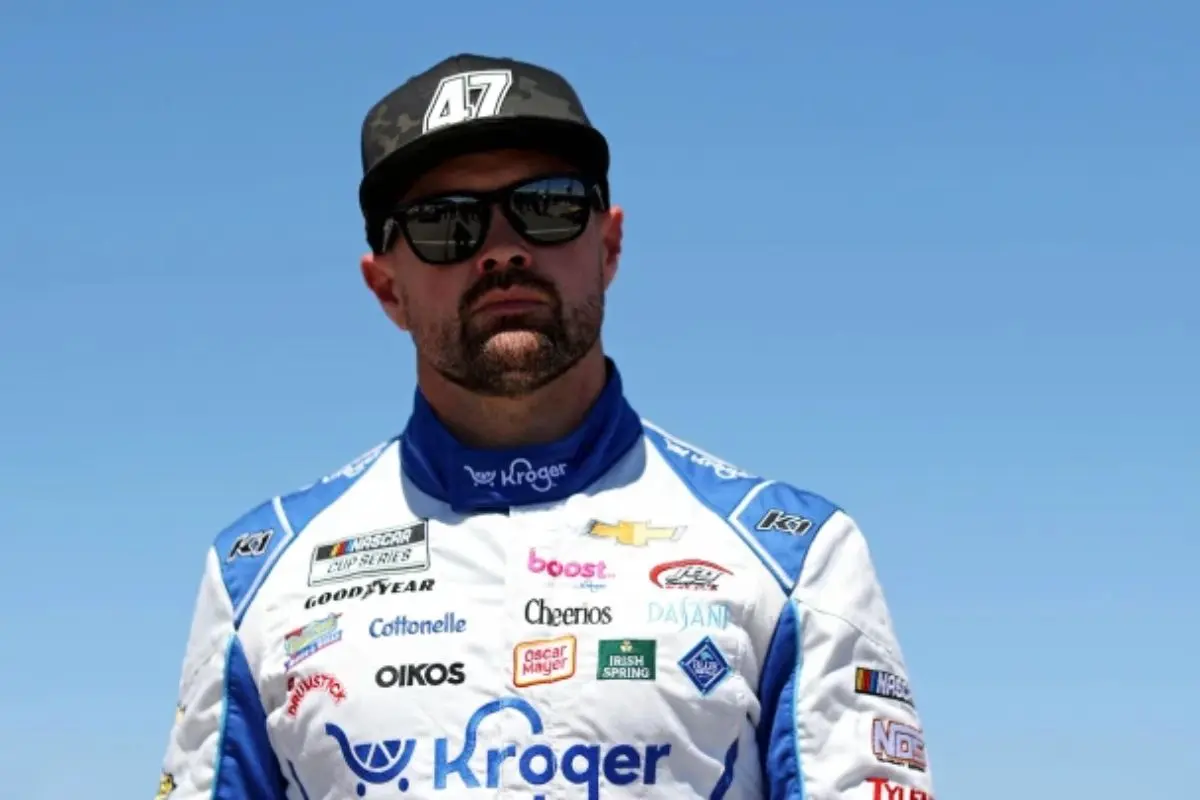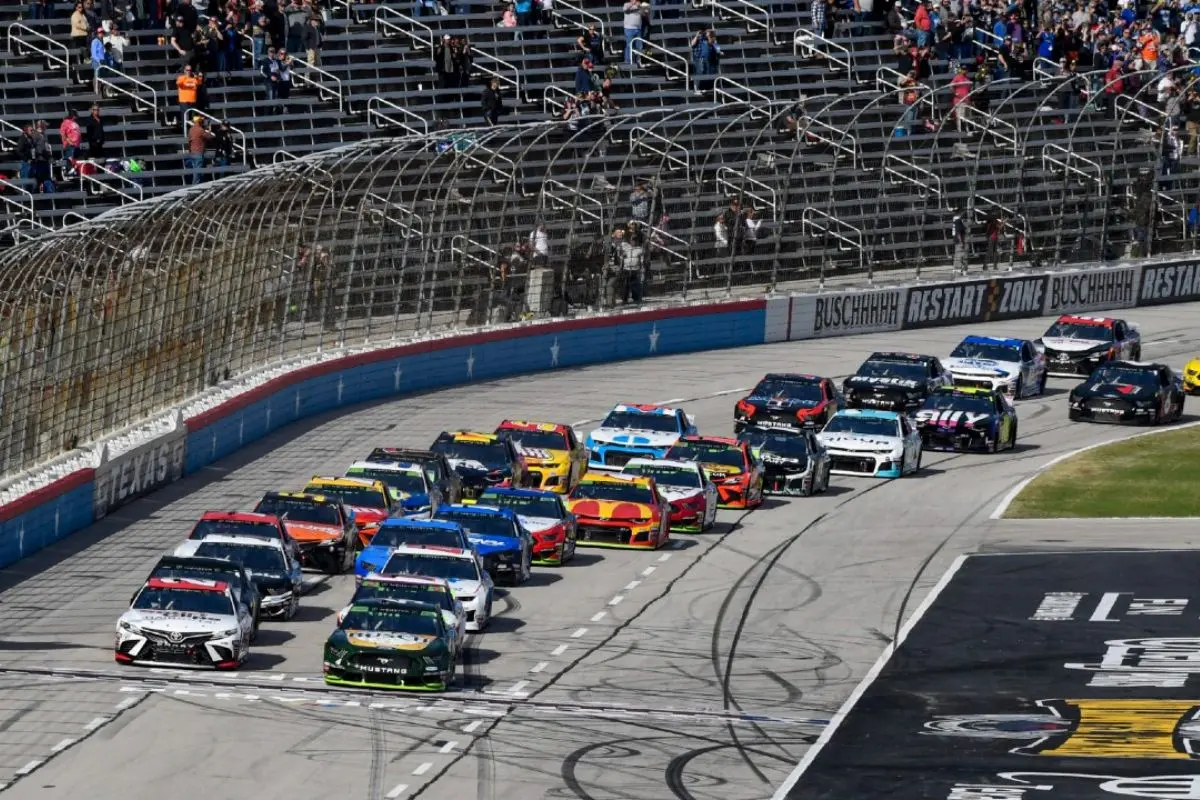NASCAR racing is changing in ways that go beyond cars, engines, and strategy. Drivers are no longer viewed as simply steering machines battling through grueling hours on the track. Today, the sport emphasizes fitness and mental strength as much as mechanical performance. With extreme heat, relentless G-forces, and split-second decision-making, success now depends on preparation off the track as much as on it. As a result, driver conditioning has become one of the most critical evolutions shaping modern NASCAR competition.
Key Highlights
-
NASCAR drivers face extreme physical and psychological demands requiring advanced fitness and mental preparation
-
Top drivers like Ricky Stenhouse Jr., Ryan Blaney, and Jimmie Johnson train with high-intensity workouts and endurance routines
-
Visualization, mindfulness, and reaction-time drills are widely used for sharpening focus and decision-making under pressure
-
Nutrition, hydration, recovery, and flexibility routines are essential for maintaining performance and preventing injury
-
Teams increasingly use biometrics and simulators to measure, enhance, and personalize driver training
Physical Fitness: The Core of Driver Endurance
The belief that NASCAR drivers only “sit and steer” has long been dismissed by the sport’s realities. Cockpit temperatures can exceed 120 degrees, G-forces push against the body in corners, and races often last up to four hours. Under these conditions, muscle fatigue, cardiovascular strain, and dehydration can severely affect performance. That has led to physical conditioning becoming non-negotiable for top drivers.
Ricky Stenhouse Jr. and Ryan Blaney are among those who commit to rigorous training schedules, while Jimmie Johnson was among the pioneers to elevate NASCAR’s athletic standard. Their workouts typically involve high-intensity interval training, strength and core conditioning, and endurance exercises like cycling, swimming, and running.
Core stability has become especially critical, with planks and rotational exercises used to prepare for the sustained pressure from G-forces. Weight training builds strength in the upper body and neck, critical for controlling cars through demanding high-speed turns. More specialized methods are also surfacing.
Former IndyCar champion Josef Newgarden’s regimen, including rowing machine intervals and ski simulator drills, illustrates how drivers are tailoring training for breathing control and cardiovascular resilience directly applicable to race conditions.

Mental Preparation: Building Focus and Calm Under Pressure
Physical readiness alone cannot carry a driver through the relentless pace of NASCAR. Mental conditioning has emerged as an equally powerful tool, allowing drivers to stay sharp during the chaos of restarts, pit stops, and long stretches of high-speed traffic. Visualization exercises enable drivers to rehearse race situations mentally, from overtaking scenarios to late-race restarts. This practice reduces cognitive load on race day, enabling instinctive reactions in high-pressure environments.
Mindfulness and goal-setting are increasingly common as drivers manage the emotional toll of high-stakes competition. Staying calm in the face of frustration or playoff stress is a skill cultivated through meditation, breathing routines, and motivational coaching. Reaction-time training, including hand-eye coordination drills with tennis balls and object-tracking exercises, also helps sharpen sensory responses.
Simulators add another layer, with teams creating environments that replicate cockpit heat and endurance challenges. Combined, these methods ensure drivers remain composed, alert, and capable of peak decision-making during the most demanding stretches of a race.
Nutrition, Recovery, and Team Integration
Beyond workouts and mental drills, nutrition and recovery strategies play a vital role in sustaining performance across long race weeks. Heat exposure demands strict hydration protocols, with electrolyte balance closely monitored. Nutritionists create tailored meal plans for drivers to maintain energy levels and clarity. Sleep management and physiotherapy are also prioritized, with yoga and Pilates incorporated to improve flexibility and protect against common neck and back issues.
Recovery is increasingly viewed as an essential phase of training, not an afterthought. Technology has further integrated into the process. Teams now monitor heart rates, stress levels, and other biometrics during practice and races, then use the data to adjust training programs. These personalized regimens help maximize performance while avoiding overtraining.
Importantly, pit crews undergo similar conditioning, focusing on explosive power and speed. Their preparation ensures critical seconds are gained in pit stops, underlining that fitness and precision extend to every corner of a race team.

Fitness as a New Equalizer
The rise of holistic driver preparation has narrowed performance gaps and extended careers. Champions like Jimmie Johnson thrived for decades because of their dedication to both physical and mental preparation, a model now followed by younger stars. Today, athleticism and mental resilience separate contenders from the field as much as car setups or pit strategy. Training allows drivers to maintain reaction speed deep into races, minimize fatigue-related errors, and push harder in critical late-race battles.
As sports science continues to evolve, the methods will only grow more advanced. Virtual reality tools, biofeedback, and neurocognitive enhancements are already being explored as the next frontier. NASCAR’s blend of endurance, focus, and tactical complexity means that every gain in conditioning may shape the championship landscape. The sport has entered an era where fitness and mental acuity are no longer optional—they are competitive weapons.

News in Brief: How Preparation Off the Track Wins NASCAR Races On It
NASCAR has entered a new era where physical and mental conditioning are as vital as engineering and strategy. Drivers like Ricky Stenhouse Jr., Ryan Blaney, and Jimmie Johnson rely on high-intensity workouts, cardiovascular endurance, and core training to withstand extreme race demands. Equally, visualization, mindfulness, and reaction drills prepare them mentally for high-pressure environments. Nutrition, hydration, and recovery further support sustained performance, while teams integrate biometrics and simulators into training. This evolution has redefined the sport, making fitness and mental preparation essential to success.
ALSO READ: Ryan Blaney’s Insane Four-Wide Finish Leaves NASCAR Insiders Speechless!
